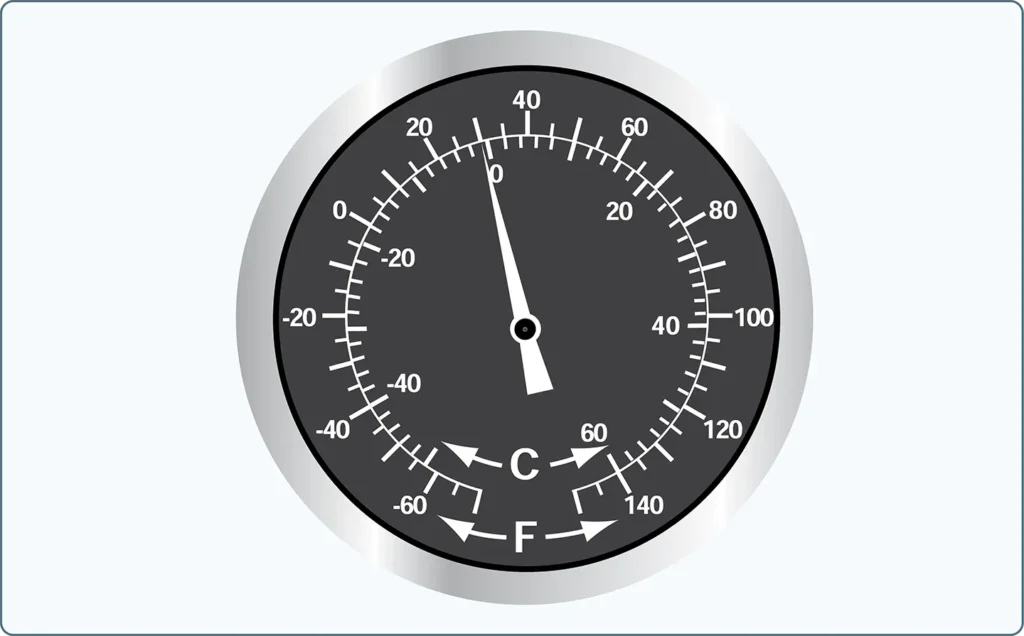Determining Aircraft Loaded Weight and Center of Gravity
Aeronautical Knowledge, Flying TrainingThere are various methods for determining the loaded weight and CG of an aircraft. There is the computational method as well as methods that utilize graphs and tables provided by the aircraft manufacturer. Computational Method The following is an example of the computational method involving the application of basic math functions. Aircraft Allowances: […]
Determining Aircraft Loaded Weight and Center of Gravity Read Post »

